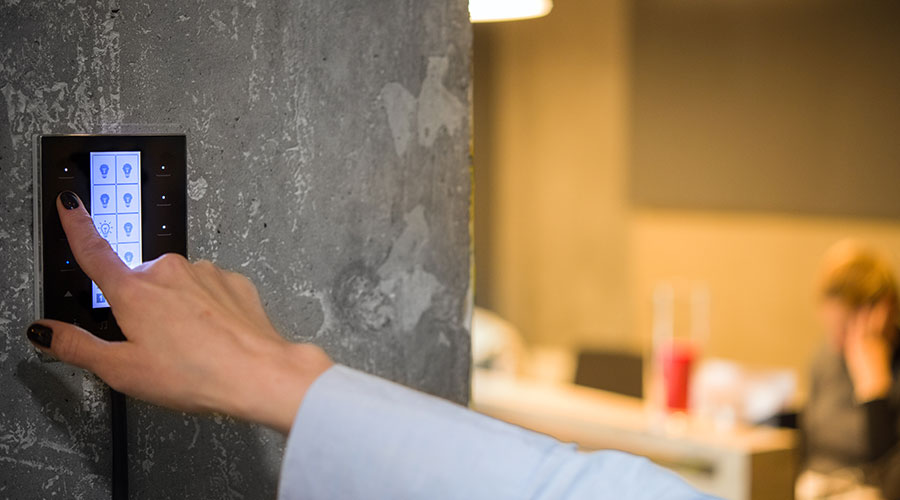Exterior Lighting and Dark Skies
To meet dark sky ordinances, lighting systems must aim light where it will fulfill its technical function without allowing it to spill into other properties. This scenario requires a high-quality fixture that controls stray light. Most ordinances bar lighting that is aimed up. Such restrictions are unfortunate because a little bit of uplight in the canopy of a tree or focused on a special building element often is the magic that makes an exterior space sparkle. Some energy codes are moving toward using environmental zones, in which an area's population density determines the amount of energy allowed for lighting.
The International Dark-Sky Association and the Illuminating Engineering Society of North America (IESNA) recently published the Model Lighting Ordinance, which adds complexity to designing nighttime environments. For information, visit www.darksky.org/MLO.
Navigating through pitfalls in specifying landscape and exterior lighting is challenging. Before managers start, they must determine the codes and ordinances that apply to the project, become familiar with the applicable recommended practice review fixture samples, perform calculations, and identify similar installations to confirm the look and feel the lighting system must achieve.
Denise Fong, IALD, LEED AP, MIES, PLDA, is principal of Candela, a lighting consulting and design firm with offices in Seattle and San Diego. She has more than 25 years of experience developing award-winning lighting designs in the built environment.
[ LEDs: The Outside Story ]
Despite the advances in technology, light-emitting diode (LED) technology has not solved many of the age-old problems maintenance and engineering managers face in specifying lighting systems for exterior applications. Issues such as water ingress, temperature sensitivity, and physical abuse plague LED technology, just as they have traditional light sources.
Using a well-built product is still essential for exterior applications. This mantra applies to LEDs and becomes more critical, due to heat. Manufacturers are facing the new challenge of channeling heat away from LEDs. Solutions typically include heat sinks and extra material to aid in heat transfer.
But the evolving state of LEDs still has not answered one important question: How do technicians change out a lamp? Since most LEDs are integrated on a processor board mounted to the fixture, it can be difficult to simply remove the old source and install the new.
Some manufacturers have developed a replacement module, but managers tend to consider many products on the market as disposable. This situation calls into question the sustainable nature of a source that many people see as improving energy efficiency.
— Chad Watters, LC, LEED AP, is a designer for Candela, a lighting consulting and design firm in Seattle and San Diego.
|
Related Topics:













